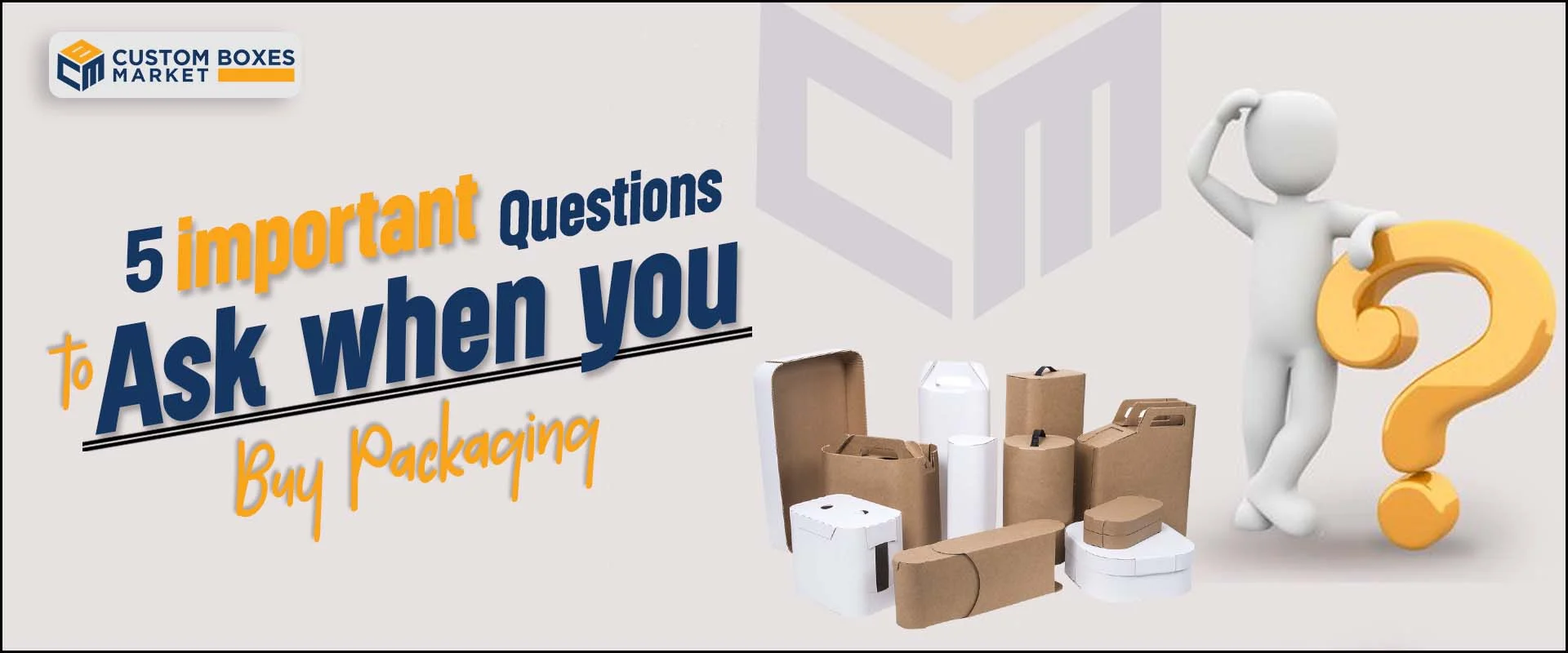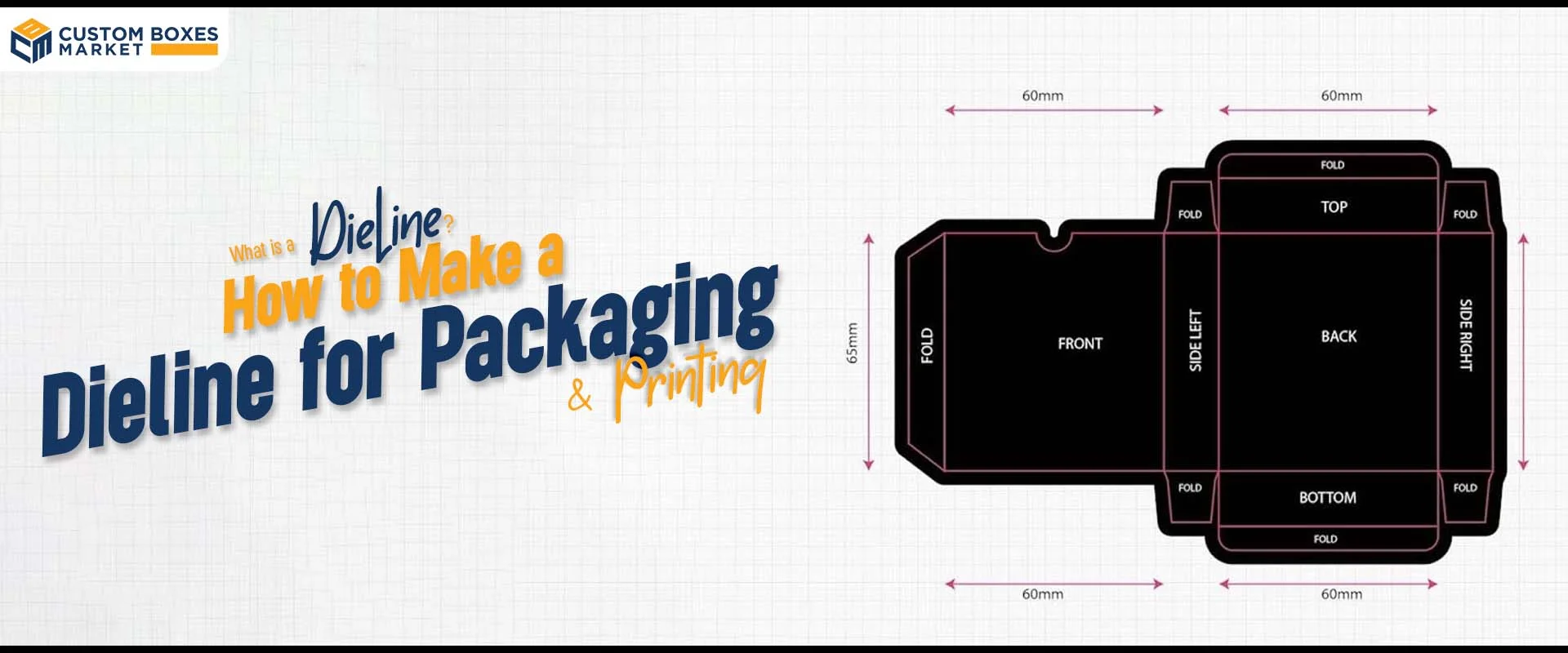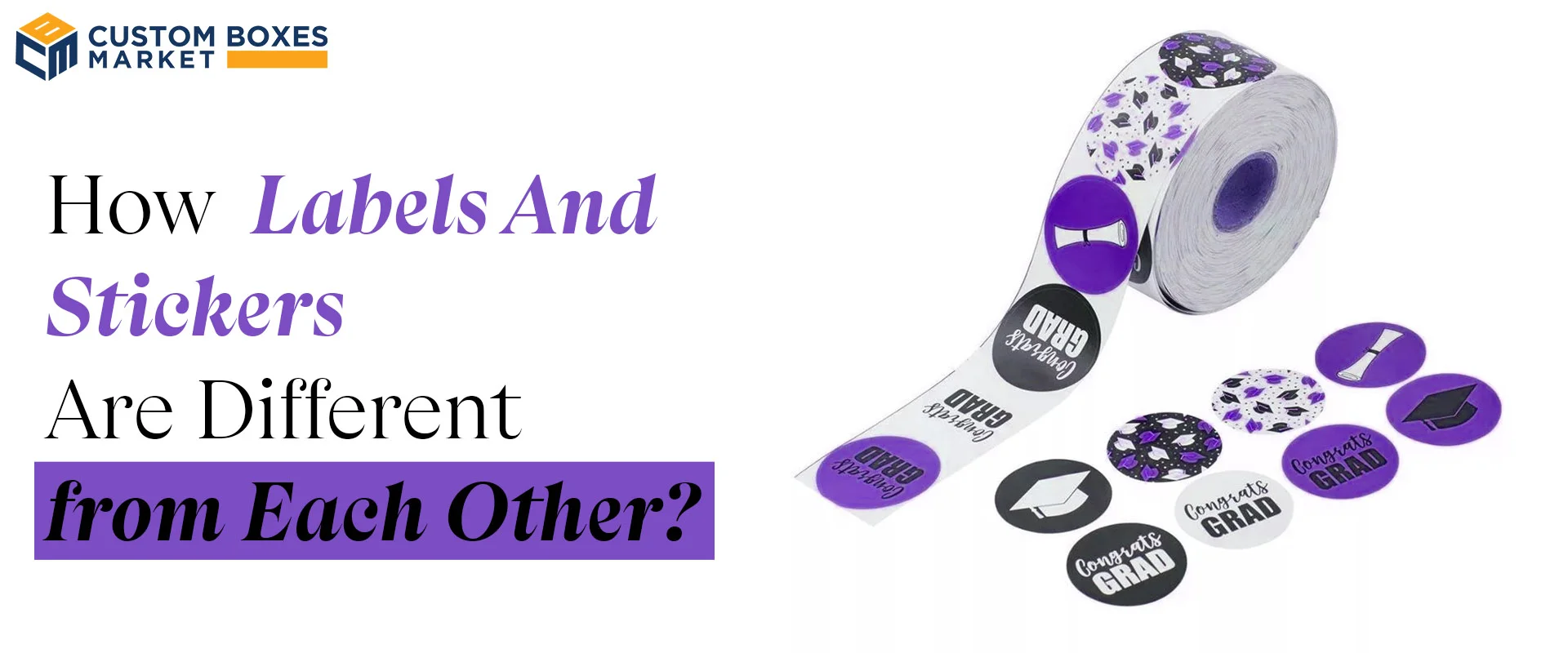Different Types Of Printing Techniques For Packaging Boxes

October 3, 2022 Product By Industry
What are the different types of printing techniques for packaging product boxes? Let’s dig into the topic and find the best option for printing custom boxes!
Offset vs. Digital vs. Flexo vs. Screen vs. Gravure Printing
Primarily, there are 5 types of printing techniques used for packaging. But what is the best type of printing method for packaging your product boxes?
Packaging printing is a vast topic. So we shall not go into the technical details of different printing technologies and their complex process. Instead, we’ll differentiate the one from the other one in detail. Consequently, it is crucial to consider that when it comes to printing packaging boxes, the options are limited for brands. All the printing methods are specific for a particular purpose.
These Are 5 Main Types of Printing Techniques Used in Packaging:
- Lithography (Litho) or Offset Printing
- Flexography (Flexo) Printing
- Digital Printing (Known as Inkjet Printing)
- Rotogravure (Gravure) Printing
- Silkscreen (Screen) Printing
We will discuss all of them in detail step-by-step. Actually, all printing methods have their own specialty and use. Printing is vital enough regarding product promotion as well as building brand image in the competitive market. So, the premium quality printing of packaging plays a key role in attracting your target clientele to your business and boosting your brand awareness in the market.
As you know, there are five main types of printing techniques in the market; you can choose any of them according to your volume, quality, and budget.
In this blog, you will learn key facts about different printing methods with their perfect use in the custom packaging of products that make them unique and eccentric for onlookers.
Lithography (Litho/Offset Printing)
Lithography is also known as offset printing; you can call it litho in short. In offset printing, the wet ink is transferred from a metal plate to an offset plate prior to printing onto the paper surface.
The global offset printing market size is expected to reach $864.5 billion by 2024, growing at a compound annual growth rate (CAGR) of 1.18% over the forecast period 2020-2026.
Which Color System Is Used In Offset Printing
CMYK color system is used in offset printing, like printing brochures, magazines, books, or newspapers. This color system, also known as the process color system, is the perfect choice for printing packaging materials.
In the CMYK color system, 4 printing plates are used, which means every color needs its own plate. One plate for each color. Lithography or offset printing can also be used with PMS colors, such as for logo printing on the packaging material’s surface.
Overall Cost Of Offset Printing On Materials
It is essential to note that offset printing’s overall cost depends on the artwork and aesthetic designs instead of the structure of the material. For instance, if you need 500 boxes with 2 different designs, then you have to pay for each design because it requires changing two plates during the printing process. On the other hand, if you order 1000 boxes with one design, it would cost you cheaper than the previous one because it does not require changing plates during the printing process. Paper materials are perfect for offset printing, like cardboard and Kraft paper.
In addition, rigid material is used for printing luxury, expensive, and gift boxes. These packaging boxes need extra embellishments and artwork that increase the total cost of printing for brands.
Offset printing is typically used to print bulk orders with premium quality results. Consequently, to create custom printed boxes in low volume, digital printing is used. CustomBoxesMarket is a renowned custom packaging boxes designer and supplier in the USA that uses modern offset printers that provide excellent printing results.
Flexography (Flexo Printing)
Flexography is also known as flexo. It resembles offset printing with some differences. In flexo printing, ink is transferred directly from the plate to the substrate, which can be paper or any other product packaging material. It’s like stamping on something, where the printing plate works as a stamp. In flexography, one plate can just have one color. If you are using CMYK, you need more plates for each color.
The global flexographic printing market size is expected to touch $160.4 billion in 2022 at a CAGR (compound annual growth rate) of 4.2 percent.
Flexo is perfect for printing bulk packaging orders, and it is a cheaper option than offset printing. However, its printing quality is lower than lithography, which makes them not a perfect choice for printing boxes with detailed designs in different colors. It is typically used to print plastic films such as Polypropylene (PP), low-density polyethylene (LDPE), bioriented polypropylene (BOPP), and polyester (PET). These films are used for display, packaging, seals, stickers, food wrappers, and many other graphic applications. You can use these printing techniques on paper-based packaging materials such as corrugated cardboard. This material is highly used to make custom shipping boxes for brands.
What Type Of Ink Used In Flexo Printing?
In flexo printing, two types of inks are used: water-based and alcohol-based. Water-based ink is absorbent substrates like paper or paperboard. Whereas in the case of nonabsorbent subtracts, alcohol-based ink is used.
In addition, when it comes to the color system, then it is important to clarify that packaging companies use CMYK as well as Pantone for flexo printing. But they don’t use Pantone color
Digital (InkJet) Printing
Digital printing is commonly used to print low-volume orders using digital printing machines. It is also called inkjet printing. Laser printing is modern technology in digital printing. There is no concept of printing plates, but they used cartridges and toners. Digital printers also rely on liquid ink. Different types of inks are used in digital printing, such as solvent inks, UV-curable inks, and hybrid inks. Furthermore, the CMYK color system is used in the digital printing process. Though, the RGB color system is also used in this printing method.
Digital printing does not need a huge investment, and you can use this printing method to check and analyze your printed designs. The design is made on a computer that can be printed instantly. It is an economical option for document printing. In addition, if you are not satisfied with the output design, you can change it and reprint the designs in no time.
Moreover, cotton is a commonly used material in digital printing. However, other materials such as fabric, canvas, polyester, paper, and cardstock are also used in this printing technique. So, if you have a limited budget and need printing in lower volumes with perfect designs, digital printing can be a cost-effective option for your brand.
Drawbacks of Digital Printing
There are also some drawbacks of digital printing. First, it is essential to point out that toners and cartridges are expensive enough and need timely maintenance. Printing in large volumes can demand more money. In addition, digital printing does not support Pantone colors like offset printing.
Consequently, digital printing doesn’t provide superior quality printing results like lithography. Furthermore, when the cartridge faces a deficiency of inks, it leaves black lines at the sides of the printed surface. Unlike offset printing, digital printing can be blurry that looks obvious to the onlookers.
SilkScreen (Screen) Printing
Screen printing and rotogravure are also printing techniques that are used lesser than the above-stated printing methods. Screen printing, also known as silkscreen printing, is based on a stenciling method that prints ink through stencils supported by a porous fabric mesh stretched across a frame called a screen. Silkscreen printing is an ideal option for getting bold graphic designs.
The silkscreen printing process is cost-effective as well as slow. In addition, this printing is done manually by human hands, that’s why the chances of errors are high in this printing method. It is typically used on a wide variety of substrates like paper, paperboard, plastics, glass, metals, fabrics, nylon, cotton, and other materials.
Which Ink Is Used In Screen Printing?
Plastisol ink is highly used in screen printing. It is durable, thick, and versatile, which provides clear graphics. It is available in a wide range of colors in the pigment market. CMYK is a popular color system for screen printing. However, Pantone color is also used in this printing method. For example, on book mailers made with Kraft material, the Pantone color system can be easily used from the inside and outside. Furthermore, it is impressive to know that the Spot UV finish is applied to the packaging boxes using the screen printing process.
Rotogravure (Gravure) Printing
Rotogravure printing is called gravure printing for short. It is used for printing the packaging of food and non-food items. This printing process is the name of printing designs onto metal cylinders and using them to transfer ink onto the substrate. This process is one of the most expensive printing options if compared to flexo printing. In this printing technique, both CMYK and PMS color systems are used. Furthermore, it is not as highly used in the packaging industry as offset printing.
Which Type Of Ink and Materials Are Used In Gravure Printing?
Rotogravure is a rotary printing process in which gravure ink is used to print the plastic substrate by pressing and moving from one cylinder to another in a sequential manner. These inks come in two varieties: solvent-based and water-based. The solvent-based ink is also called oil-based ink, and its coating contains more organic compounds than water-based coating. However, water-based gravure packaging is perfect for packaging.
Conclusion
Printing packaging boxes is important for branding. Always choose the right packaging company that provides the best printing and customization opportunities for your brand. After reading this blog, list your packaging box printing requirements and determine which printing technique suits your brand.
Feel free to contact us at sales@customboxesmarket.com if you need premium quality custom printed boxes with perfect designs.
Categories
Recent Posts
18 / July , 2024 Box Customization
27 / June , 2024 Box Material
20 / May , 2024 Box Printing
15 / May , 2024 Business Growth, Inspiration
3 / May , 2024 Inspiration
2 / May , 2024 Inspiration
25 / April , 2024 Inspiration, Product By Industry
8 / April , 2024 Box Material
















